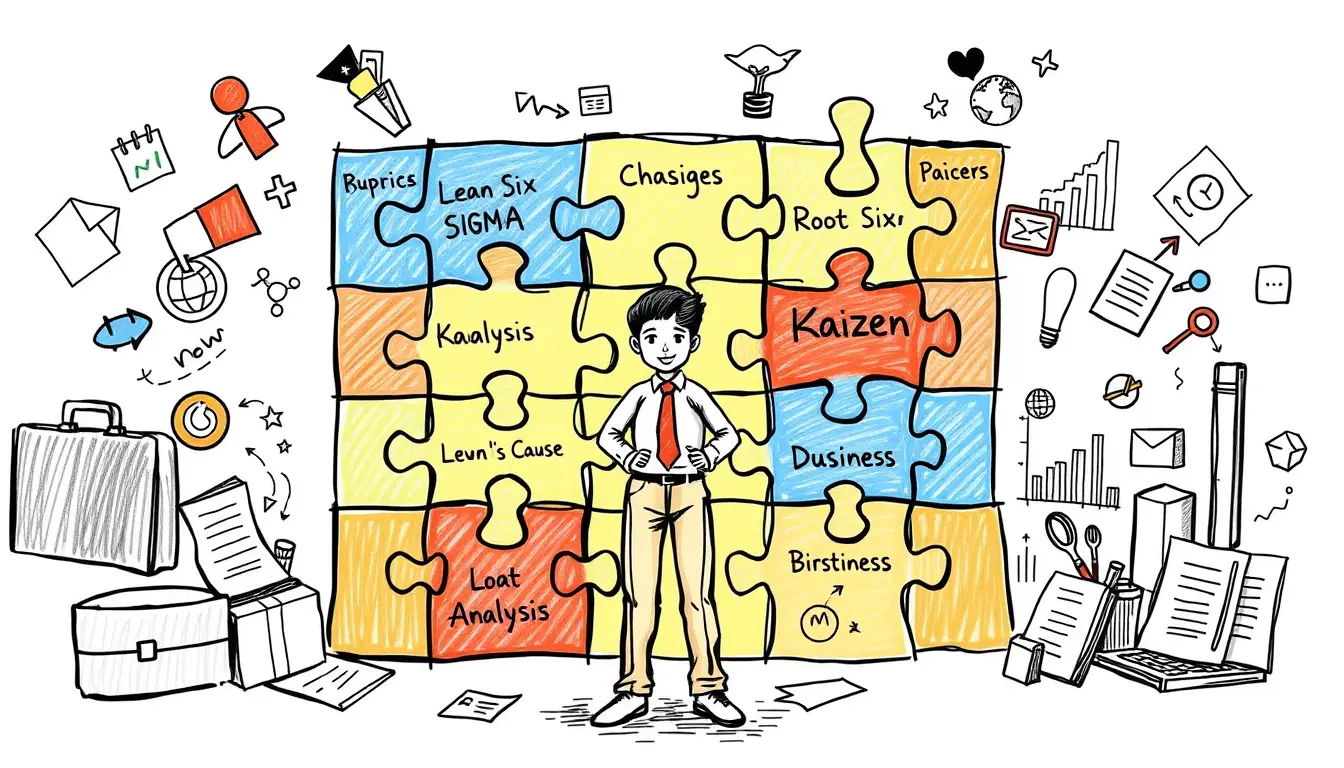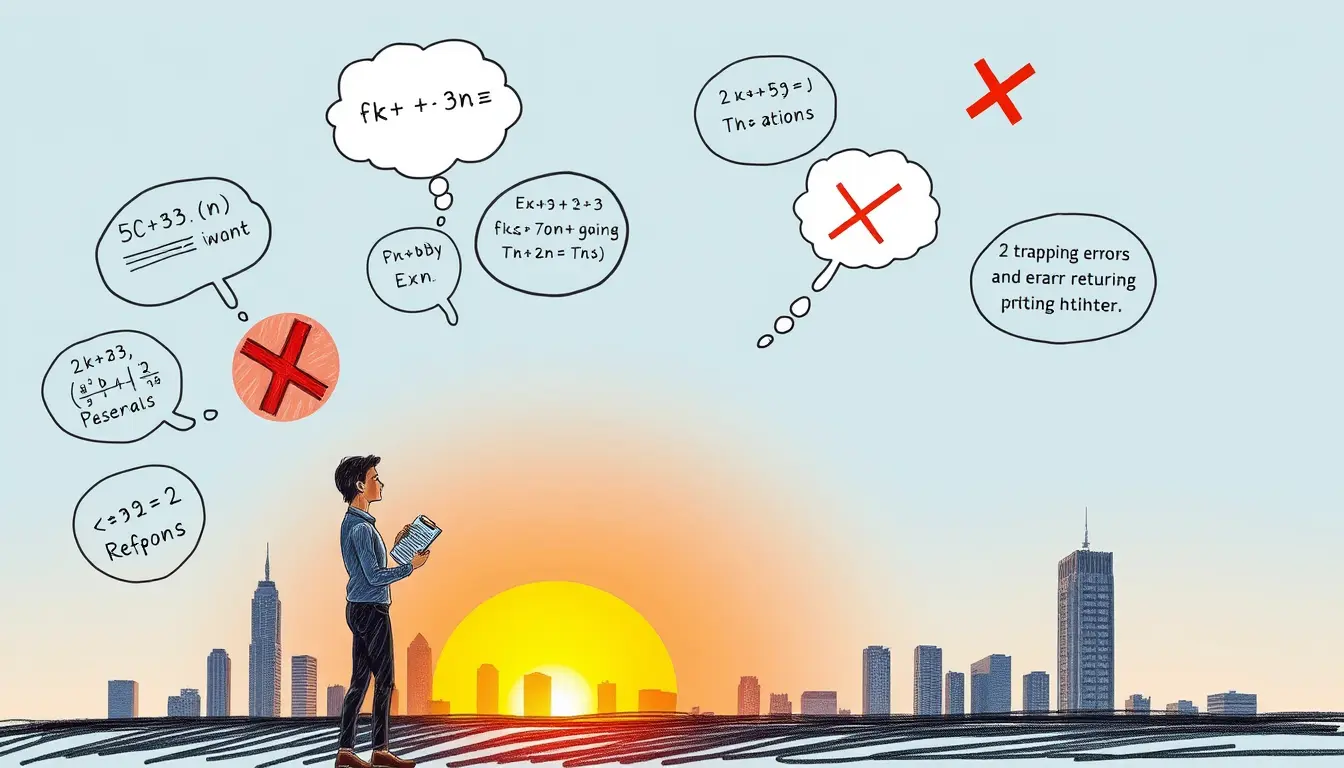User stories are an essential component of Agile methodology, but let’s face it, they can be a bit dry. However, writing effective user stories is critical to ensuring that the software being developed meets the needs of the user. In this essay, I’ll walk you through the format I use when writing user stories and explain why it’s effective. So, grab a cup of tea, take a deep breath, and let’s dive in.
Description/Context
Before diving into how I write user stories, it’s essential to understand the context and the environment in which they are used. User stories are a vital component of the Agile methodology, an iterative and collaborative approach to software development. In Agile, teams work in short sprints, typically lasting two to four weeks, during which they develop and deliver working software. User stories are a means of defining the requirements for a particular feature or piece of functionality.
User stories are written from the perspective of the user or customer, rather than from a technical or project management perspective. They describe what the user wants to do, rather than how it should be done. This approach ensures that the development team stays focused on the needs of the user, which ultimately leads to a more successful product.
Narrative/User Story
Now let’s dive into the format that I use when writing user stories. The user story is composed of three parts: the actor, the action, and the result.
- As the [ACTOR]: This is the user or customer who is performing the action. It is essential to identify who the actor is to understand their needs and expectations.
- I want to [PERFORM ACTION]: This is the action that the user wants to perform. It should be specific and describe what the user wants to accomplish.
- So that [RESULT]: This is the result or outcome that the user wants to achieve by performing the action. It should be clear and measurable, so that the development team can determine whether the user story has been completed successfully.
Let’s look at an example user story to illustrate this format:
- As a customer
- I want to be able to search for products on the website
- So that I can quickly find what I’m looking for
In this example, the actor is the customer, the action is to search for products, and the result is to quickly find what they are looking for.
Acceptance Criteria
Once the user story has been written, it’s essential to define the acceptance criteria. Acceptance criteria are a set of conditions that must be met for the user story to be considered complete. They provide a way for the development team to verify that the user story has been implemented correctly.
I use the Given-When-Then format to write acceptance criteria. The format is as follows:
- Given [some context or precondition]
- When [some action is taken]
- Then [a specific outcome is expected]
Let’s look at an example of how this format can be used to write acceptance criteria for the user story we just discussed:
- Given that I am on the website’s homepage
- When I enter a search term in the search bar and click the search button
- Then a list of relevant products should be displayed on the search results page
The acceptance criteria specify the conditions under which the user story will be tested and what the expected outcome should be.
Definition of Done
Finally, it’s essential to define what “done” means for the user story. The definition of done is a set of criteria that the development team must meet to consider the user story complete. It ensures that the user story has been fully implemented and meets the requirements specified in the acceptance criteria.
The definition of done will vary depending on the project and the team. However, some common criteria might include:
- Code has been written and reviewed
- Automated tests have been written and passed
- Manual tests have been performed and passed
- The feature has been integrated into the main codebase
- The feature has been deployed to the production environment
Defining the definition of done ensures that the user story is fully implemented and meets the needs of the user.
Conclusion
In conclusion, writing effective user stories is an essential part of the Agile methodology. It allows teams to work collaboratively to ensure that the software they are developing meets the needs of the user. The format that I use when writing user stories consists of three parts: the actor, the action, and the result. This format ensures that the user’s needs are at the forefront of the development process. Additionally, I use the Given-When-Then format to write acceptance criteria, which specifies the conditions under which the user story will be tested and what the expected outcome should be. Finally, the definition of done ensures that the user story is fully implemented and meets the needs of the user.
In summary, writing effective user stories is a critical aspect of software development. By using the format that I’ve outlined, development teams can ensure that they stay focused on the user’s needs, which ultimately leads to a more successful product.














Leave a Reply